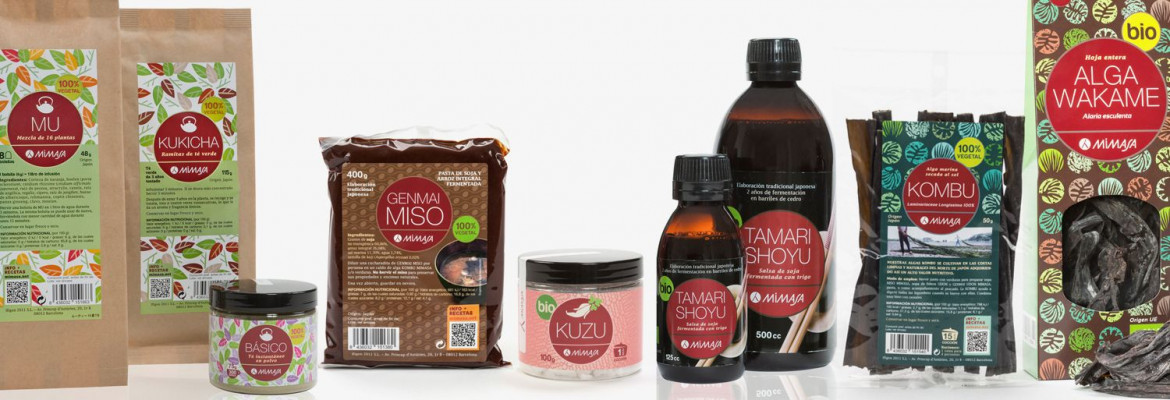Necessary cookies help make a website usable by enabling basic functions like page navigation and access to secure areas of the website. The website cannot function properly without these cookies.
| Cookie name |
Provider |
Purpose |
Expiry |
| PHP_SESSID |
mimasaifigen.com |
This cookie is native to PHP and enables websites to store serialised state data. It is used to establish a user session and to pass state data via a temporary cookie, which is commonly referred to as a session cookie. |
Session |
| PrestaShop-# |
mimasaifigen.com |
This cookie helps keep user sessions open while they are visiting a website, and help them make orders and many more operations such as: cookie add date, selected language, used currency, last product category visited, last seen products, client identification, name, first name, encrypted password, email linked to the account, shopping cart identification. |
480 hours |
| SERVERID |
Mimasa Ifigen |
Specifies the server front-end from which the user receives data. |
Session |

